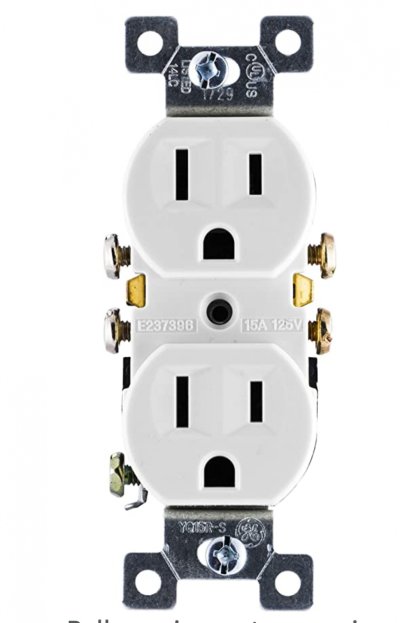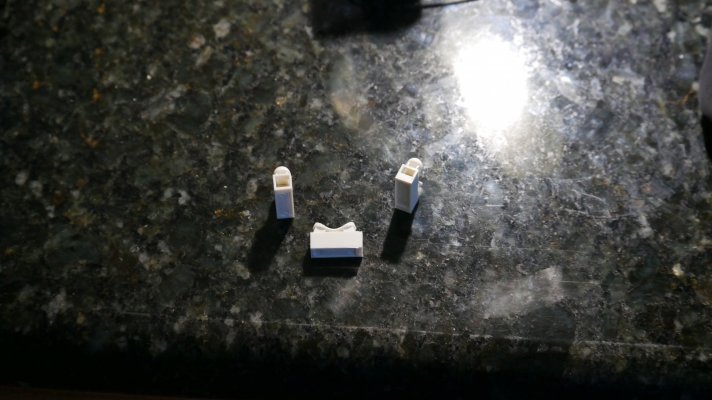target2019
Give me a museum and I'll fill it. (Picasso) Give me a forum ...
I have AWG 12 wiring in three separate outlets. Eash is installed as push connections, and I want to replace them. Problem is, there is no slack in the wiring. Therefore I need to use the push connections, and not screw terminals.
I have a 3-way outlet and it has AWG 12 push connections.
Will 3-way outlet function properly as a 2-way?
I have a 3-way outlet and it has AWG 12 push connections.
Will 3-way outlet function properly as a 2-way?


